Cirque du Olé: Dodging Bulls in Spain
From dodgeball to dodging bulls. Discover San Sebastián de los Reyes’ Fiesta del Santísimo Cristo de los Remedios, where the recortadores dodge bulls in a bloodless spectacle blending circus, sport, and Spanish tradition.
9/10/20254 min read
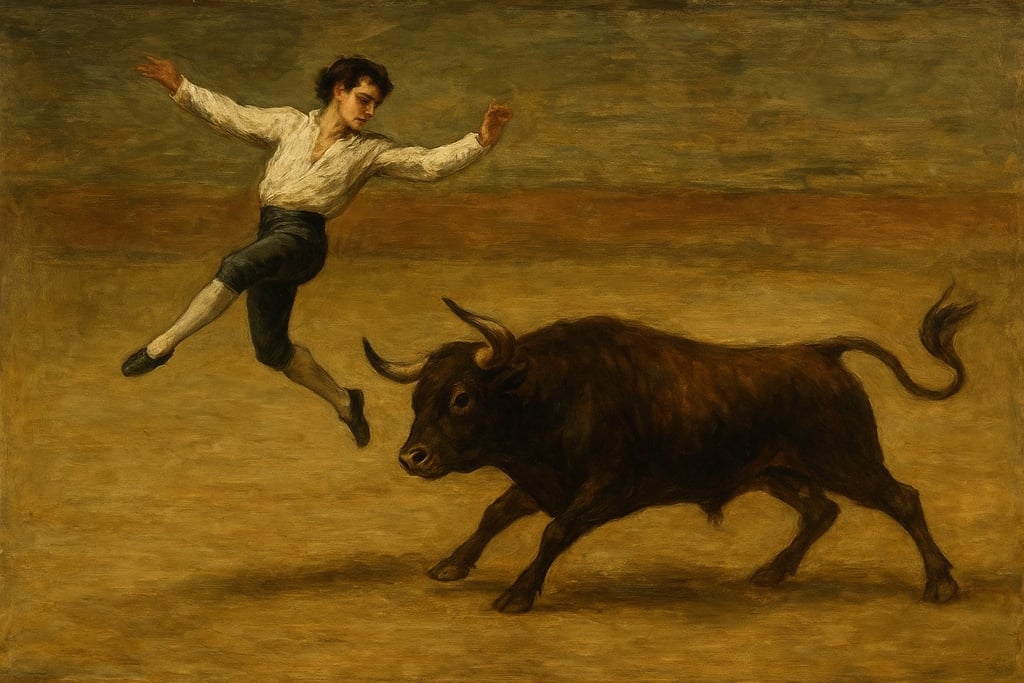

From Dodgeball to Dodging Bulls
I grew up in the United States in the 70s and 80s with a fun little game called dodgeball. I remember clearly the red, rubber, waffle-print balls fired at my face in the name of "school sports."
Here in Spain, they have a similar game, only the “ball” has horns and weighs half a ton. The goal is the same: don't get hit. The difference? The acrobatics.
San Sebastián de los Reyes Fiestas: Where Bulls Take Center Stage
Every August, the barrio next to mine throws its fiestas in honor of their patron saint, Sebastian de Milan. Known as the protector of athletics, archery, and plagues, he is paid tribute in San Sebastian de los Reyes with the running and dodging of bulls. Almost twenty years in Spain and I've managed to dodge bulls completely. Some call it art, I call it barbaric. Watching an animal tortured isn't my idea of entertainment.
This year, I was introduced to the concept of the recortes and their acrobatic stars, the recortadores. It was described as a "Cirque du Ole", acrobatic with horns, and since I believe you shouldn't judge without firsthand experience, I decided to see for myself whether this was genuinely bull-friendly or just a different kind of cruelty dressed up as sport.
Most have heard of Pamplona's running of the bulls. But hot on its hooves is San Sebastian de los Reyes (aka Sanse or Pamplona Chica), where the Fiesta del Santisimo Cristo de los Remedios has been celebrated since 1525.
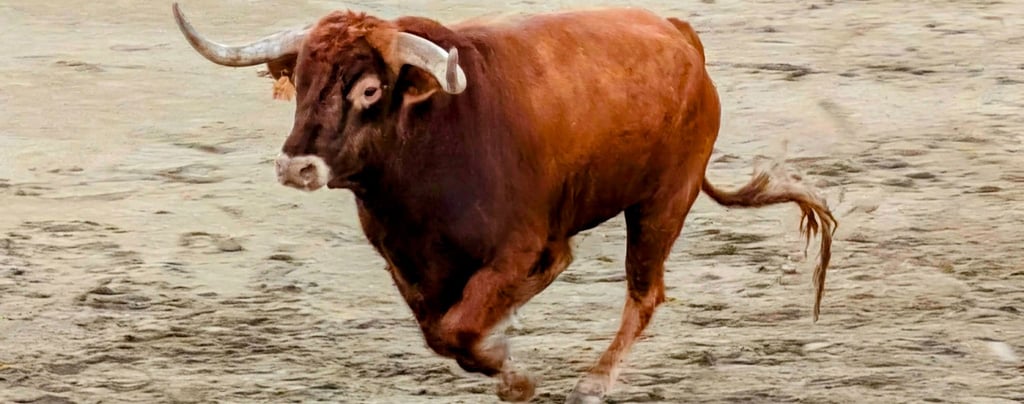

A Town Born Out of Rebellion (and Bullshit Taxes)
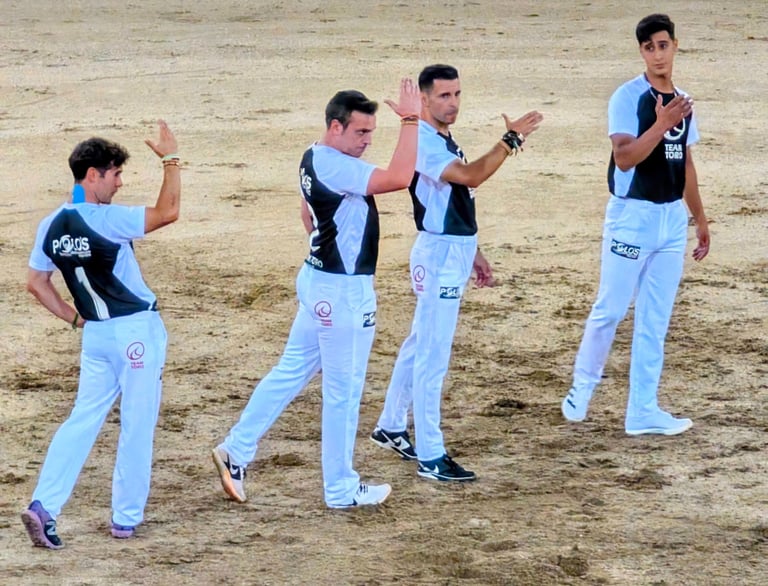

Recortes Explained: Spain’s Bloodless Alternative to Bullfighting
Recortes are one of the oldest forms of bull spectacles, and in recent decades it has made a comeback as a bloodless alternative to bullfighting. The word, recortes is derived from the verb recortar. Recortar al toro means to cut across the bull’s path, and that is what the recortadores do. They step in front of a charging bull, then dodge with impeccable timing and skill. Their tricks of the trade have names: the recorte, a quick dart across the bull’s face, the quiebro, a hip-twisting sidestep, and the susto, the move gone wrong that nobody wants to see. Then come the high-flying saltos, with names like salto del ángel, tirabuzón, and mortal (the angel’s leap, the corkscrew, the somersault), each one a gamble in midair. The result is a blend of danger, gymnastics, and theater. The crowd gets the adrenaline, the bull keeps his life. The event is part circus act, part extreme sport.
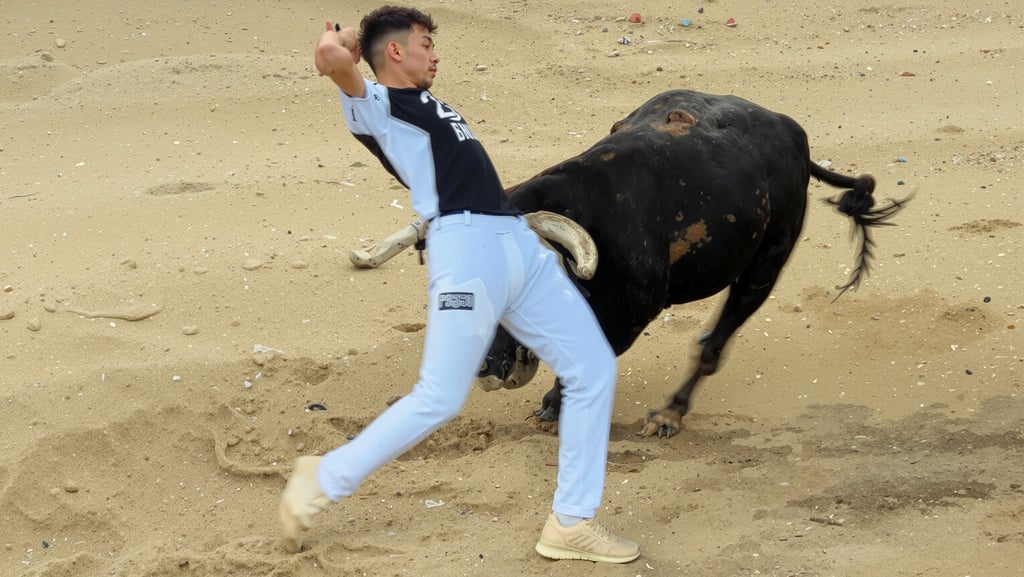

Final Verdict on Recortes: Respect the Skill, Question the Spectacle
I walked away with mixed feelings. It wasn’t the horror of bullfighting, but entertainment came tangled with guilt for the animal.
The recortadores strutted out like a Little League team, uniforms, kids, and all. They crossed themselves in the sand, then stepped aside as the bulls thundered in. What followed was part circus, part daredevil act with sidesteps, spins, and vaults over horns sharp enough to skewer them. The bulls were stunning, equal parts playful and pissed, but every one of them was pushed past exhaustion. Heavy breathing, bodies sagging, and one that flat-out refused to leave until the giant cows came in to escort him. When the dust settled, the recortadores dropped to their knees to salute the same animals they’d just spent twenty minutes taunting.
The skill is real, the danger undeniable. But once is enough. I’m glad I saw it, and just as glad I’ll never see it again.
Bulls, flips, and questionable life choices. Watch Sanse in action on our YouTube channel and tell us who you’d bet on surviving.
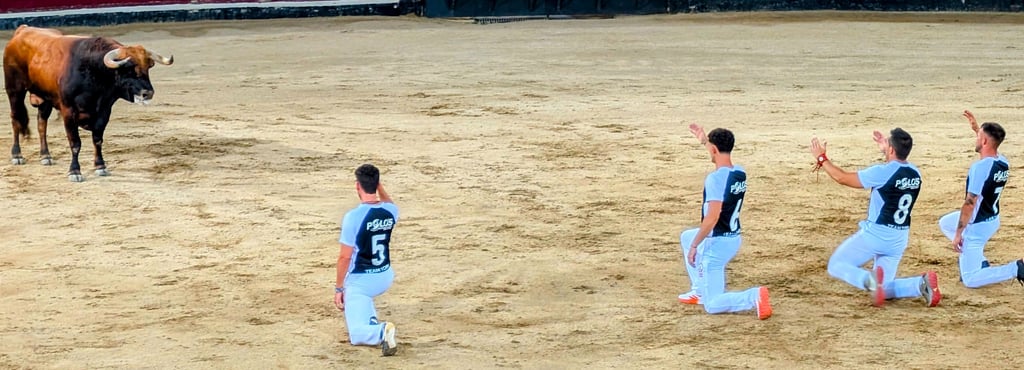

The town of San Sebastian de Los Reyes was founded in 1492 when locals from Alcobendas had enough of their lord's bullshit and founded a new town under royal protection. To show gratitude, "Reyes" (Kings) was added to the name.
Sanse may have been a royal town, but its religious activities were governed by the powerful Archdiocese of Toledo who started taxing residents for having fun with their fiestas and bull runs. The townspeople, again fed up with the bullshit, took their grievances to Emperor Charles V.
They argued that only the Crown had the right to tax. Charles agreed, and in 1525 declared the funds had been collected illegally and ordered the Archdiocese to return the money. The message was clear: the Church was not in charge.
The ruling was a milestone and officially recognized the encierros as part of Sanse's fiestas. It linked them directly to civic life by tying the money back to the events. What had been a local pastime now had royal approval. Royal approval turned backyard bull-chasing into Sanse's signature act. Five hundred years later, the encierros still set the town's mornings on fire.
